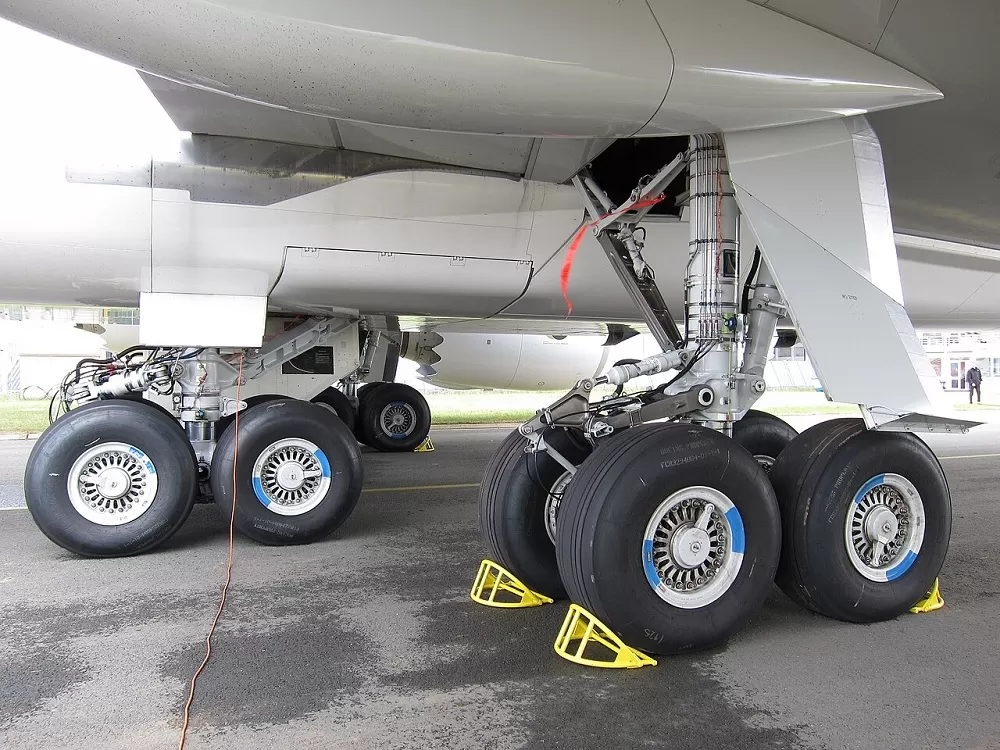Civil Aviation
Why Planes Make That Loud Blast After Landing – Explained!

You’re sitting by the window, watching the runway rush by, and the moment the wheels touch down—BANG!—a sudden, loud noise shakes the cabin. It can be surprising, even a little scary, especially if you’re not expecting it.
But don’t worry—there’s actually a good reason for that dramatic sound. Let’s break down what’s really happening when that jet meets the ground.
The most common cause of that loud noise is the activation of thrust reversers. These are special mechanisms on jet engines that temporarily redirect engine thrust forward instead of backward.
This helps the plane slow down more quickly, especially on short or slippery runways. When thrust reversers engage, they create a sudden and powerful burst of sound—often described as a “blast” or “roar.” The intensity of the noise depends on the aircraft type, engine model, and how much thrust is being reversed.
Spoilers Deploying on the Wings
Another source of noise is the deployment of spoilers—the panels on top of the wings that pop up right after touchdown. Spoilers break the lift being generated by the wings, helping the aircraft stay grounded and improving brake performance. The sudden movement of these large surfaces can cause a noticeable “thud” or “whoosh” sound, which can also add to the loud sensations passengers experience during landing.
After the plane’s wheels are firmly on the ground, the aircraft’s wheel brakes take over to bring it to a complete stop. Modern planes also use anti-skid systems, similar to ABS in cars, to prevent tire locking. While these systems are quieter than thrust reversers, they can sometimes produce groaning or pulsing noises, especially during hard braking or on wet runways.
Not every landing involves that loud blast of sound. Pilots decide whether or not to use thrust reversers based on factors like runway length, weather, weight of the aircraft, and air traffic control instructions. Also, passengers seated closer to the engines—especially in the rear of the aircraft—will hear these noises more loudly than those seated toward the front.

